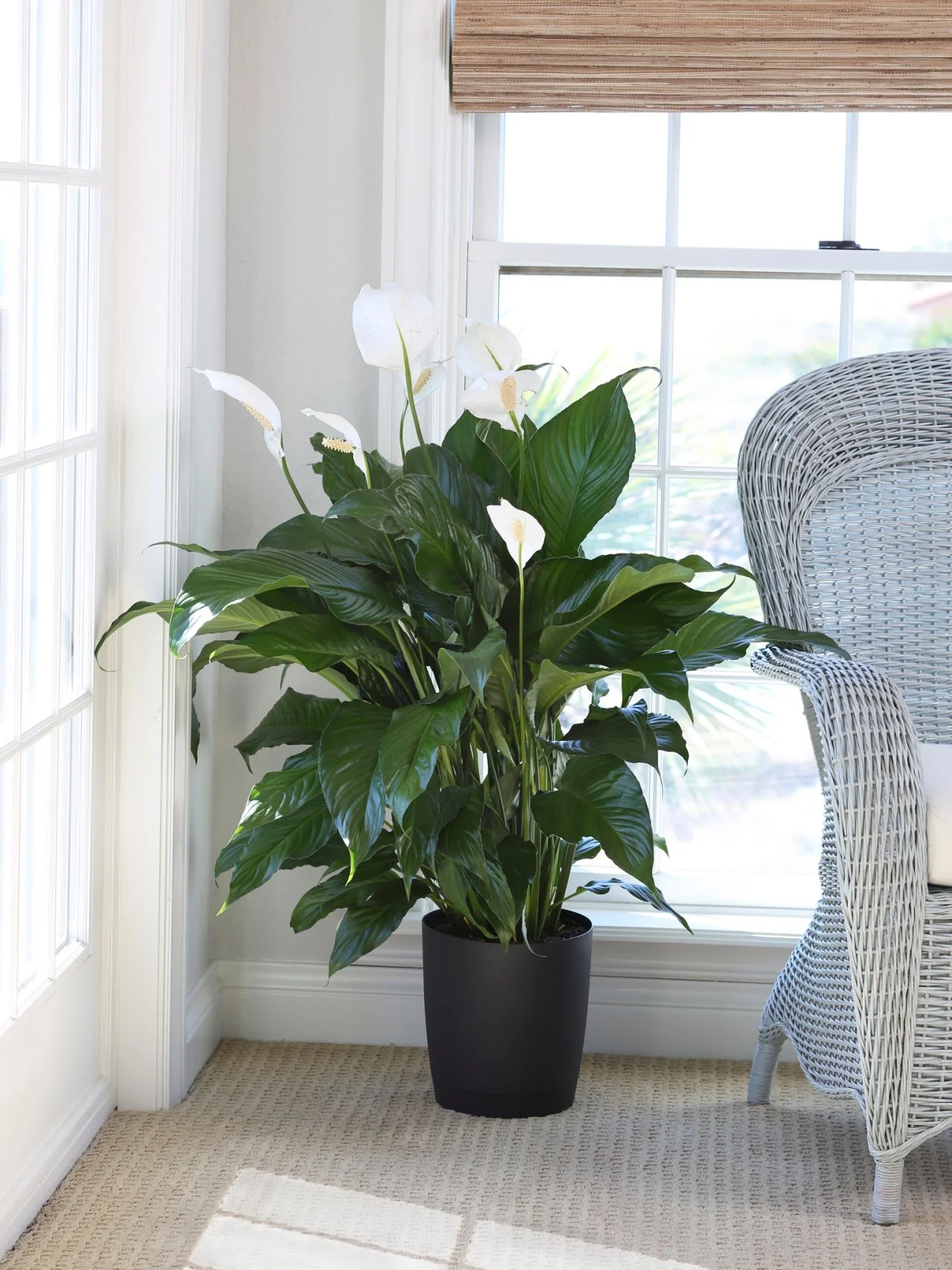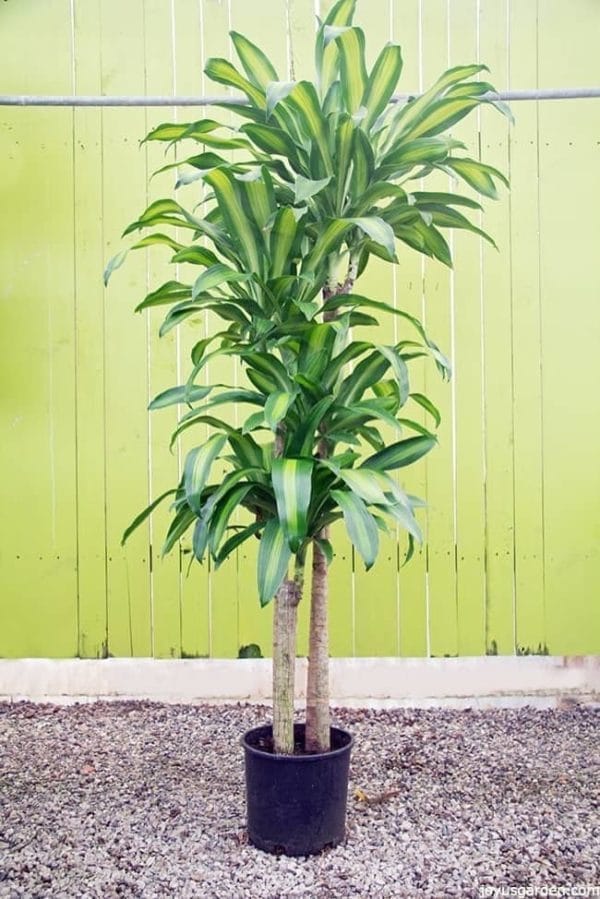Explore the Best Low-Light Indoor Plants for Easy and Stylish Home Decor
Discover the Keys of Low-Light Indoor Plants and Exactly How They Boost Your Environment
Low-light interior plants have actually gathered enhancing attention for their unique capability to improve both aesthetic allure and ecological top quality within homes and offices. These durable varieties, consisting of the Snake Plant and Tranquility Lily, not only grow in tough lighting problems however also play a pivotal function in air filtration and emotional health.
Benefits of Low-Light Indoor Plants
Although lots of people assume that interior plants need bountiful sunlight to prosper, low-light interior plants supply a wide variety of benefits that make them suitable for numerous environments. Among the key benefits is their versatility; they can grow precede with restricted all-natural light, such as workplaces, cellars, or areas with little windows. This function permits people to enhance their surroundings with greenery, contributing to enhanced aesthetic appeals without the demand for extensive lighting adjustments.
Moreover, low-light interior plants can substantially enhance indoor air top quality by releasing and filtering system harmful toxins oxygen, making living rooms healthier. The existence of plants has been connected to greater sensations of harmony and focus.
Furthermore, low-light plants usually need less maintenance than their sun-loving equivalents, making them excellent for busy people or those new to gardening. Their strength permits them to thrive with very little intervention, thus supplying a fulfilling experience for plant lovers and novices alike. In recap, low-light interior plants offer both practical and aesthetic objectives, making them useful additions to any space.
Top Low-Light Plant Selections
Low-light interior plants been available in a variety of types, each offering distinct characteristics and advantages fit for dim environments. Amongst the most prominent varieties is the Serpent Plant (Sansevieria), understood for its architectural leaves and air-purifying capacities. This resilient plant flourishes on forget and can tolerate a vast array of light problems.
One more superb selection is the ZZ Plant (Zamioculcas zamiifolia), which features glossy, dark green leaves and is extremely drought-tolerant. Its versatility makes it a favored for workplaces and homes with limited sunlight.
The Pothos (Epipremnum aureum) is additionally a top competitor, with its routing vines and heart-shaped leaves - Best low-light indoor plants. This flexible plant can be trained to climb or cascade, adding aesthetic interest to any space

Care Tips for Low-Light Plants
Caring for low-light interior plants calls for a nuanced understanding of their particular requirements to make sure optimum development and vitality. It is important to pick the ideal potting mix, as a well-draining soil is critical to stop origin rot. A blend developed for houseplants, typically consisting of peat moss and perlite, functions well for many low-light ranges.
Watering is one more key facet of care. Low-light plants generally need less constant watering compared to their sun-loving counterparts. It is a good idea to inspect the top inch of soil; if it feels dry, it's time to visit the site water. Overwatering can result in issues such as mold and mildew and origin decay.
Fertilizing ought to be approached with caution. Throughout the growing season, a diluted liquid fertilizer can be used monthly, but in cold weather, several low-light plants go into dormancy and require little to no fertilizing.
Finally, it is necessary to occasionally cleanse the leaves to eliminate dust, enabling better light absorption. By adhering to these care ideas, you can cultivate a growing atmosphere for your low-light indoor plants, improving both their appearance and durability.
Enhancing Air Top Quality With Plants
Interior plants play a significant role in enhancing air quality within homes and office spaces. Through the process of photosynthesis, these plants absorb carbon dioxide and launch oxygen, adding to a much healthier ambience. In addition, particular low-light interior plants have the capability to filter harmful pollutants, such as benzene, formaldehyde, and trichloroethylene, which are frequently located in indoor atmospheres.

Furthermore, the presence of interior plants can increase humidity levels, which helps ease dry skin and respiratory system problems, further enhancing overall wellness. This capability to boost air quality not only advertises physical health however additionally supports mental wellness.
Incorporating low-light indoor plants into your living and working spaces can result in a much more invigorating and dynamic setting (Best low-light indoor plants). Buying these natural air cleansers is a basic yet effective method for enhancing interior air top quality and promoting a healthier way of living
Developing a Peaceful Indoor Space
The integration of plants right into living rooms not just improves air quality yet blog likewise adds to a serene ambience. Low-light indoor plants, such as snake plants and pothos, are specifically reliable in producing a peaceful setting, as they grow in problems that may or else be unwelcoming for various other plant. Their rich foliage supplies a soothing visual, minimizing anxiety and promoting relaxation.
Incorporating these plants into your home or office can stimulate a sense of peace and well-being. Strategically putting them in locations where you invest significant time, such as living work spaces or spaces, permits for an immersive experience with nature, which has actually been shown to boost state of mind and cognitive function.
Moreover, the mild movement of leaves in action to airflow can develop a vibrant aesthetic aspect that improves the total view website ambiance. Think about utilizing a selection of plant heights and appearances to add depth and interest to your room. With thoughtful positioning and treatment, low-light interior plants can transform any type of location into a peaceful sanctuary, promoting not just aesthetic contentment however also psychological and psychological wellness.

Conclusion
Integrating low-light indoor plants right into different environments returns substantial benefits, consisting of boosted air quality and improved aesthetic charm. The transformative power of low-light plants emphasizes their value in boosting both property and work-related settings.
Although lots of people assume that indoor plants call for plentiful sunshine to flourish, low-light interior plants offer a multitude of advantages that make them excellent for numerous atmospheres.Additionally, low-light indoor plants can considerably boost interior air high quality by filtering system harmful toxic substances and launching oxygen, making living spaces healthier. Additionally, particular low-light interior plants possess the capability to filter unsafe contaminants, such as benzene, trichloroethylene, and formaldehyde, which are generally found in indoor settings.
Low-light indoor plants, such as snake plants and pothos, are especially reliable in producing a serene setting, as they prosper in conditions that might or else be inhospitable for other plant.Incorporating low-light interior plants into various settings returns significant benefits, consisting of improved air top quality and improved visual appeal.